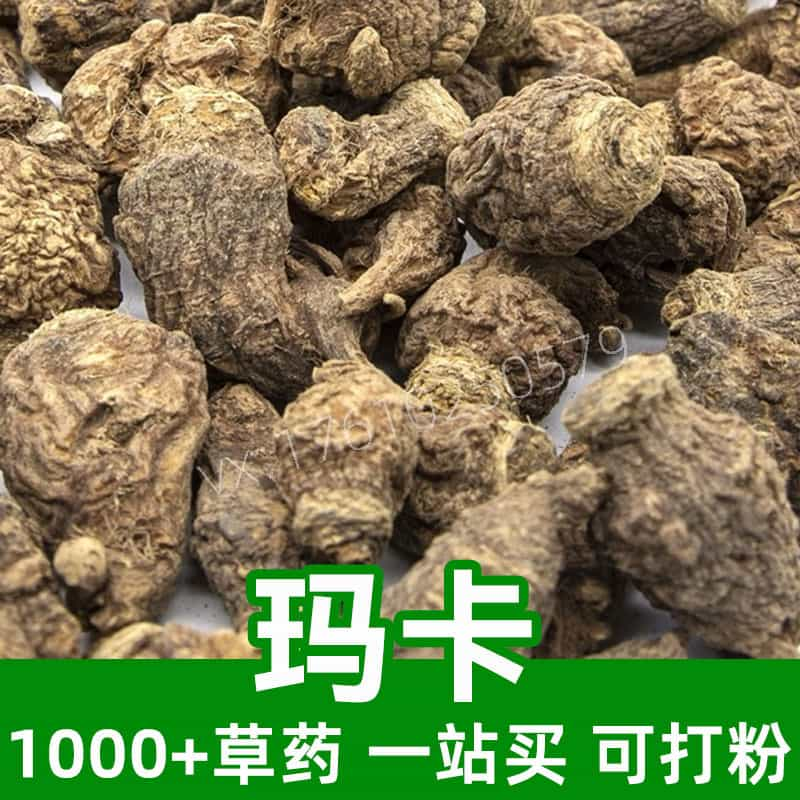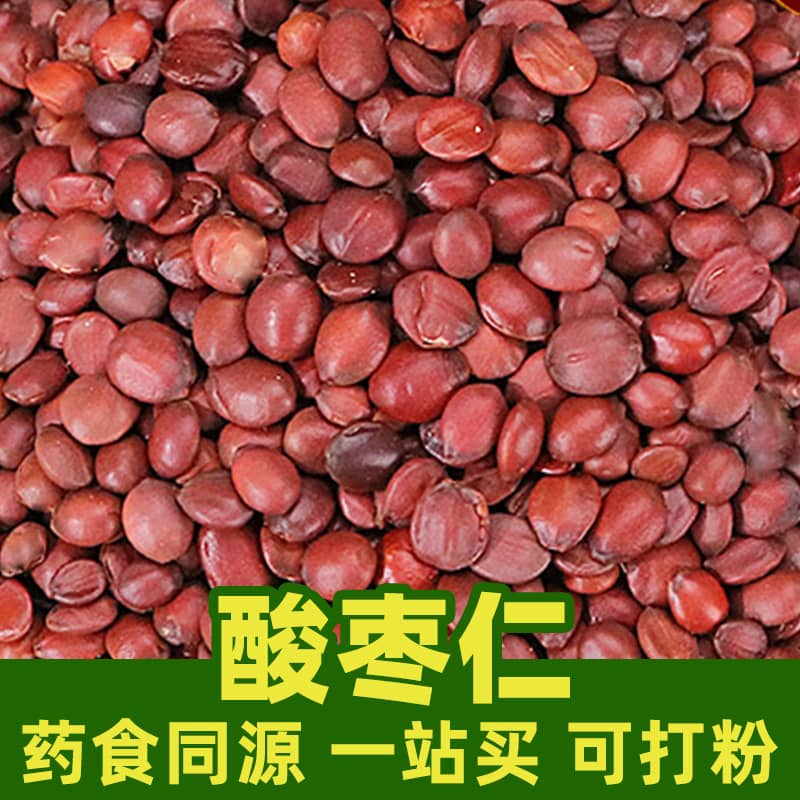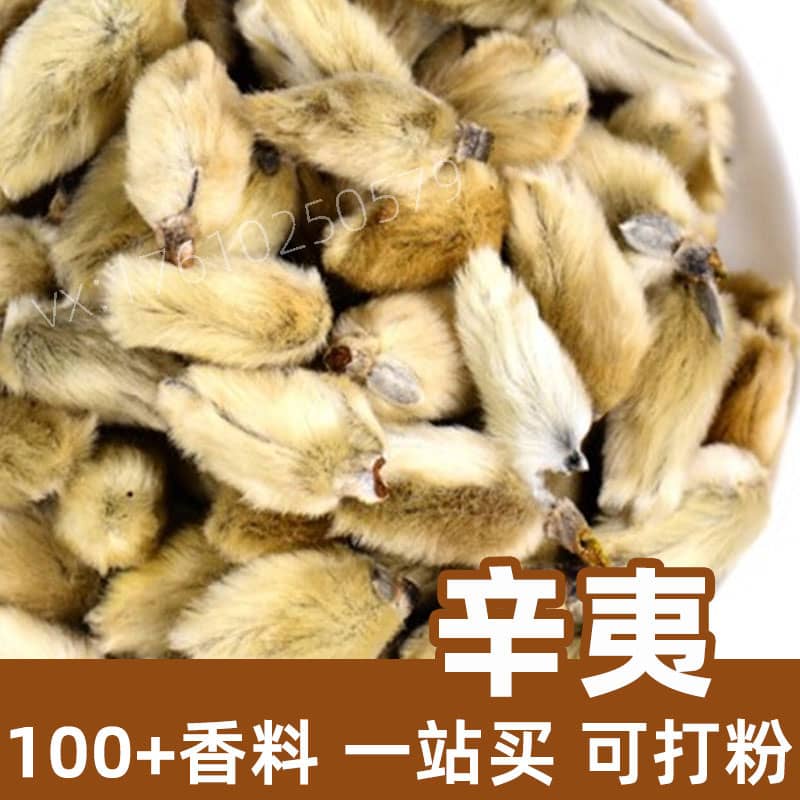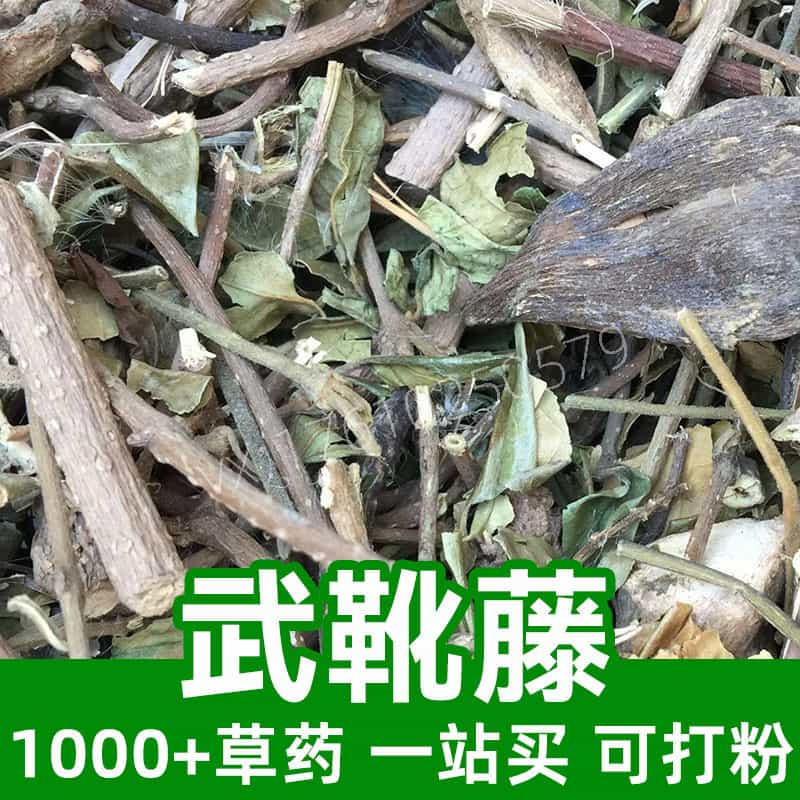Product Introduction
Gynura procumbens, often referred to as "Longevity Spinach," is an herb that not only adds flavor to various dishes but also offers numerous benefits in traditional herbal medicine. This plant is predominantly found in Southeast Asian regions, where it thrives in humid, warm climates. It is cultivated not only for its culinary uses but also for its perceived health benefits, making it a staple in local diets.
The leaves of gynura procumbens are rich in antioxidants and vitamins, offering a range of nutrients that contribute to overall well-being. In traditional practices, it is often consumed as a salad green, in stir-fries, or brewed as a herbal tea. The versatility of this herb allows it to be integrated into various dietary practices, whether in savory dishes or more innovative creations. Additionally, researchers have increasingly focused on its biochemical compounds, leading to a growing interest in its potential applications beyond food, including in health supplements.
The prominence of gynura procumbens in both culinary and medicinal realms makes it an essential herb to explore for anyone interested in herbal remedies or traditional cuisines.
Main Active Ingredients
Gynura procumbens contains a rich array of active ingredients that contribute to its esteemed status in both culinary and medicinal circles. The primary compounds include flavonoids, which are antioxidant-rich molecules that help to combat oxidative stress. Among the prevalent flavonoids in gynura procumbens are quercetin and kaempferol, known for their anti-inflammatory properties.
Additionally, this herb is abundant in polyphenols that further enhance its antioxidant capacity. These compounds play a crucial role in supporting cellular health and may aid in the body's defense against harmful free radicals. The presence of essential vitamins such as A, C, and E are crucial for immune system support and overall health, providing protection against cellular damage.
Gynura procumbens also contains minerals like calcium and iron, which are important for bone health and the formation of red blood cells, respectively. This balanced nutritional profile not only enriches the herb's culinary appeal but also underscores its use in traditional herbal medicine, where it is believed to nourish the body’s energy systems.
Research on gynura procumbens continues to evolve, spotlighting additional compounds that may enhance its potential benefits. The ongoing exploration of its phytochemical properties further supports its application in traditional Chinese medicine and as a functional food ingredient.
Product Application Scenarios, Usage, and Dosage
In traditional Chinese medicine, gynura procumbens is celebrated for its versatility and effectiveness. It is primarily utilized to promote well-being and bolster the body's natural defenses. Commonly, the leaves are consumed raw or cooked, incorporated into meals such as soups, stir-fried dishes, or salads. Herbal teas made from the leaves are also a popular preparation method, allowing for an infusion of its beneficial properties.
When considering dosage, practitioners often suggest consuming a handful of fresh leaves daily, aligning with its status as a food rather than a concentrated medicinal herb. For those preparing herbal tea, steeping a few leaves in hot water for 5 to 10 minutes is typical. It is advisable to start with small quantities and gradually increase intake, paying attention to individual responses.
Gynura procumbens is gradually gaining recognition in the food industry as a superfood ingredient. Food manufacturers are exploring its benefits for incorporation into smoothies, nutritional bars, and health supplements. This trend reflects a broader movement towards integrating functional foods that not only provide nourishment but also support overall health.
Although it has a slightly bitter taste, the unique flavor of gynura procumbens can enhance various diets, whether they're focused on health, sustainability, or culinary excellence.
Introduction to the Source Plant, Distribution, and Growth Environment
Gynura procumbens is a perennial herbaceous plant native to Southeast Asia, especially prevalent in countries such as Malaysia, Indonesia, and the Philippines. Its adaptability allows it to flourish in warm, humid climates, often found in tropical forests, gardens, and as a cultivated vegetable. This plant typically grows at elevations from sea level up to about 1,500 meters, thriving under partial sunlight or full shade.
The plant exhibits a sprawling growth habit, producing upright stems that can reach heights of up to 1 meter. The leaves are thick and succulent, characterized by their smooth, dark green surface and a soft, hairy underside. Gynura procumbens is known for its ability to propagate via cuttings, making it relatively easy for local farmers and gardeners to cultivate.
The surrounding environment plays a vital role in its growth; it prefers rich, well-draining soil and requires regular watering to maintain moisture without waterlogging. Nutritional enrichment of the soil with organic fertilizers can facilitate healthier plants, leading to higher yields of the leaves.
In terms of distribution, gynura procumbens has gained popularity beyond its native regions, with cultivation spreading to various parts of the world, including parts of Africa and even tropical regions in the Americas. Its rising recognition as a superfood has led to increased cultivation, fostering sustainable agricultural practices around this versatile herb.
Harvesting, Processing, and Storage
Harvesting gynura procumbens involves carefully selecting mature leaves from the plant. It is recommended to harvest in the morning when the leaves are crisp and moisture-rich, ensuring optimal quality. Each stem can yield multiple leaves, allowing for sustainable harvesting practices that do not damage the plant and enable it to continue thriving.
Once harvested, the leaves should be processed as soon as possible to preserve their freshness. Proper handling techniques involve rinsing the leaves gently to remove any debris, followed by drying them using a clean cloth or by air-drying in a shaded area to avoid direct sunlight, which can degrade their nutritional content.
For longer storage, dried leaves can be preserved in airtight containers, kept in cool and dry surroundings to prevent moisture absorption. When stored correctly, the dried leaves can last for several months while retaining their flavor and nutritional properties.
Fresh leaves, on the other hand, have a shorter shelf life and should be refrigerated within 24 hours of harvesting. They can be stored in a sealed container or wrapped in damp paper towels to maintain humidity and freshness. Consuming the leaves while they are fresh is optimal, as this replenishes the body's nutrients more effectively.
As interest in gynura procumbens grows, proper harvesting, processing, and storage methods will ensure that this valuable herb retains its beneficial properties and is accessible for culinary and medicinal use throughout the year.
Monica Sun is a seasoned expert in the natural raw materials industry, with over a decade of experience specializing in traditional Chinese medicinal herbs, spices, and fungi. She is skilled in the sourcing, processing, and application of these materials, emphasizing sustainability and innovation. Monica Sun has contributed to the development of high-quality natural raw materials that serve as essential components in functional foods, pharmaceuticals, and cosmetics, delivering tailored solutions to meet diverse market needs.
















